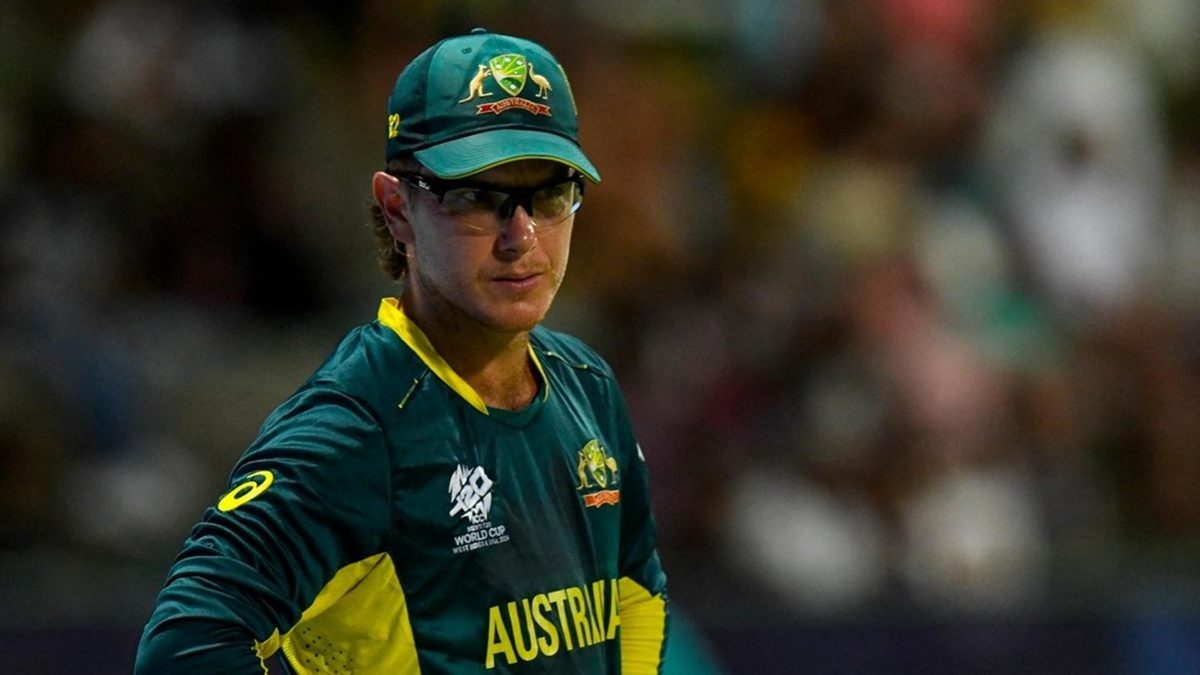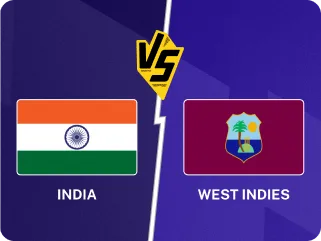
is a great white-ball spinner, but is he Australia’s greatest of all time?
If you have already started reading this piece, sacrilege is probably your thing. It is probably mine too, for why else would I want to even ask a question that should never be asked?
Like many leg-spinners around the world, Adam Zampa was drawn to that craft because of his “hero” Shane Warne. One look at Zampa’s run-up and you know while this is not , this was almost certainly inspired by the legend. A self-proclaimed fan, Zampa even acquired a vintage Victoria shirt with Warne’s name.
Time and again the comparison has come up. While most comparisons are unfair, it is difficult to blame anyone for this one. Both bowl leg-breaks off similar smooth actions. Both are among the greatest spinners in the history of limited-overs cricket. Both have helped Australia win global titles, and have had success over sustained periods of time.
Eight years ago, Zampa had dismissed these comparions with “there’s only ever going to be one Shane Warne”. Perhaps he is still as dismissive. Perhaps he shall always be. Perhaps we should listen to Zampa and shut up.
There is also the matter of legacy. Throughout the 1970s and 1980s, limited-overs cricket was often considered a seamers’ game. Spinners were expected to contain, not attack. Wrist-spinners, more inconsistent than finger-spinners, seldom had a good time at the highest level. The ones that hung around, disappeared after a while – with the exception of Abdul Qadir.
Warne breathed life into the lost craft. He made wrist-spin not only relevant but in shorter formats but important, and made a generation fall in love with it. Skim through his many obituaries, and you will keep coming across wrist-spinners inspired by him – and that is just the professional cricketers, not the thousands like us who had once tried to imitate the action (and perhaps still do).
Warne being the greatest leg-spinner of all time may be up for debate, but Warne’s legacy as the most influential leg-spinner is not.
But while Warne is incomparable, Zampa’s numbers kept whispering at us over the past few years. We have looked away for fear of committing blasphemy, but now the whispers are becoming too loud to ignore.
Of course, Zampa has never played Test cricket. Given his first-class record (111 wickets at 46.98), it is unlikely that he ever will. Likewise, T20 Internationals came too late for Warne, who was outstanding in his limited forays into whenever 20-over cricket crossed his path.
The one format where the pair can be properly compared is ODIs, though it was not the same game for the duo. Warne played much of his ODIs in an era when boundaries used to be larger, bats did not resemble maces, and totals of 300 were spoken of with respect. While the ball was changed during an innings, it was often not mandatory to.
Zampa plays in a T20-fuelled era when no target is too sacred. Teams do not get intimidated by asking rates of 10, even 12, perhaps even more. Over the past few years, powerplay rules have changed as well.
One way to compare the duo is to pit them against other spinners in the same matches. Here, Warne emerges triumphant on economy rate – Zampa has gone for as many runs as the spinners who have played with or against him – but the younger man has a slightly better “relative” bowling average.
Shane Warne | Adam Zampa | |||||
Wickets | Economy | Average | Wickets | Economy | Average | |
All ODIs | 293 | 4.25 | 25.74 | 169 | 5.47 | 28.06 |
Other spinners in same matches | 385 | 4.69 | 40.32 | 301 | 5.45 | 44.72 |
% Better than other spinners | 10.3% | 56.6% | -0.5% | 59.4% | ||
Indeed, Zampa strikes at every 31 balls – way more frequently than Warne’s 36. Going for runs does not bother him: “My attitude is that I could be 0-60 off nine in an ODI game and then get 2-5 off this last over and make a difference for the person bowling next.”
Warne would have approved. After all, he used to believe that “if you have an aggressive mindset and don’t worry about the runs, it’s amazing how many more wickets you take.”
Notably, the numbers do not look as flattering for Warne in India, where the home batters have traditionally been masters at handling leg-spin. While Zampa’s 50 ODI wickets have come at 26.92, Warne’s 21 cost him 30.76 – his worst in any country where he had played 15 times. But then, Zampa has done rather poorly in South Africa (17 at 39.35) compared to Warne (29 at 27.89).
What about Twenty20? Warne’s greatest legacy in the format remains leading and coaching the Rajasthan Royals to title glory in the inaugural edition of the IPL. A fine cricketer in the early days of the format, Warne played until 2013. Zampa, on the other hand, is a true master of the format.
Shane Warne | Adam Zampa | |||||
Wickets | Economy | Average | Wickets | Economy | Average | |
All Twenty20 | 70 | 7.22 | 26.61 | 307 | 7.43 | 22.33 |
Other spinners in same matches | 178 | 7.68 | 31.17 | 746 | 7.45 | 26.90 |
All spinners in same matches | 248 | 7.56 | 29.88 | 1053 | 7.44 | 25.57 |
% Better than other spinners | 6.3% | 17.1% | 0.3% | 20.5% | ||
You can see the same pattern. Zampa has the better “relative” average at this point (20.5 to 17.1), but Warne was the more economical of the two – both absolutely and relatively – and that is a more relevant parameter in the format.
Interestingly, though Zampa debuted in the format roughly when Warne in the last leg of his career, spinners have done better in Zampa’s matches than in Warne’s.
True, there are not as many YouTube moments of Zampa, and the stories are even fewer. No myth surrounds this coffee-drinking vegan who defies the prototype of the Australian cricketer in several ways.
Zampa is perhaps not there yet, as the numbers tell you. Warne holds the edge, but not by much. For now, it is perhaps time to accept that it is not as audacious to compare Warne to a younger compatriot as it used to be. Only in white-ball cricket, yes, but who would have dreamt even that a few years ago?








